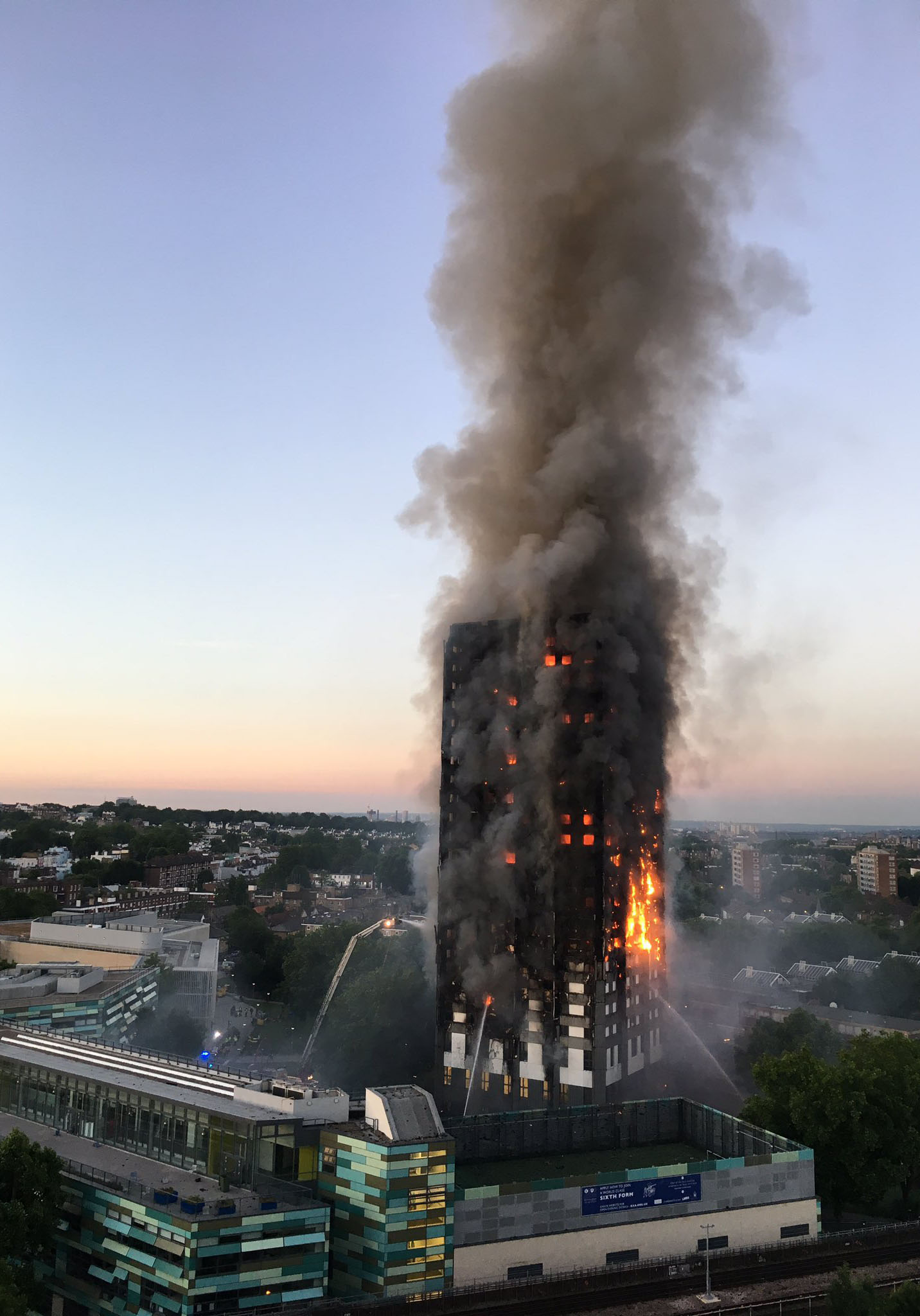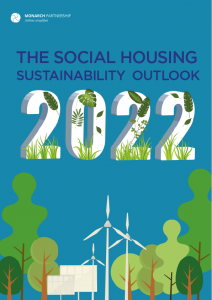Homes 2017 review – Grenfell’s impact on fire safety in housing
Here at the Monarch Partnership, we work with a large number of councils and housing associations, and we know from managing their energy contracts how complex their asset registers can be. Often these organisations will have lots buildings, each with a large number of flats within them. At Homes 2017, housing industry figures from all over the country came together to share ideas on how best to manage all aspects of this. But one topic kept arising, unsurprisingly, given that it was the first Homes event since the Grenfell Tower fire; that topic was Grenfell’s impact on fire safety.
Shifting of priority post-Grenfell
It’s obvious to all that since the North Kensington tower block went up back in June, housing standards were thrusted under the microscope. Where previously the act of simply building more homes was the main priority, the safety of those homes has now become a more pressing focus. As tragic tales filtered through the media, along with a rising death toll, so too rose the need for change.
Housing had been given an emotional injection where once it had grown austere. Our opinion piece on this matter digs further into this shift.
There was a good proportion of fire safety professionals attending this year’s Homes event, and it was interesting discussing their elevated workload following the events of the fire. Weighing up the need for retrofitting sprinklers and safeguarding fire exit routes against the limitations of government funding and council budgets appeared to be the universal stumbling block.
We spoke to members of Slough Council who had taken over an unsafe private flat in a bid to take immediate action over its fire safety. This article provides the full story.
Seminars on fire safety in housing
Two seminars at the event discussed fire safety. Tom Gilbert, associate director at Frankham Consultancy discussed the obligations of fire safety in the housing sector, discussing the key considerations for social housing looking to get back on track with their fire risk management.
Another talk in the Durkan theatre saw a representative of Plymouth Community Homes talking through the planned refurbishment of three high-rise tower blocks in the City that had been detected as having Grenfell-style cladding. He spoke of plans to have scaffolding erected and for new safe cladding to be in place next year. However, they would be relying on government funding, and without an adequate sum, it would be unsafe to remove the cladding without having the replacement materials ready to go. This story reveals how the old cladding should have already been removed according to the original plan.
Further stories on Grenfell’s impact
Since the Grenfell fire, we have kept our fingers close to the pulse on fire safety in housing, and have collected a series of news stories which chronicle both the difficulties and the positive steps councils and housing associations have made in the wake.
These include:
Hammersmith and Fulham plans to buy flats from owners who can’t sell following the Grenfell fire: http://bit.ly/2yws6vf
Croydon council installing sprinklers despite lack of government funding: http://bit.ly/2zSLReO
Newcastle council boss warns over lack of information on properties: http://bit.ly/2BEScLq
Final death toll: http://bit.ly/2Ac25Un















